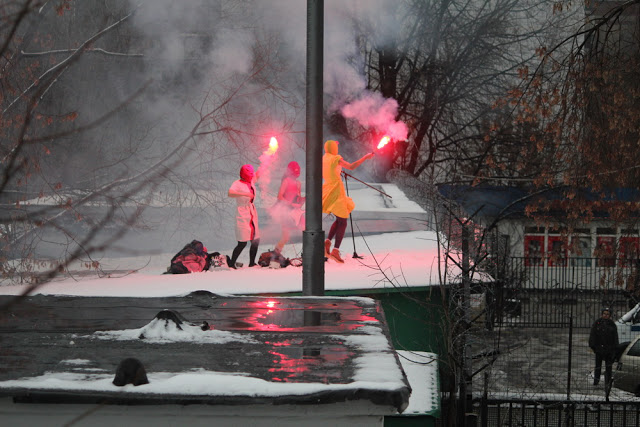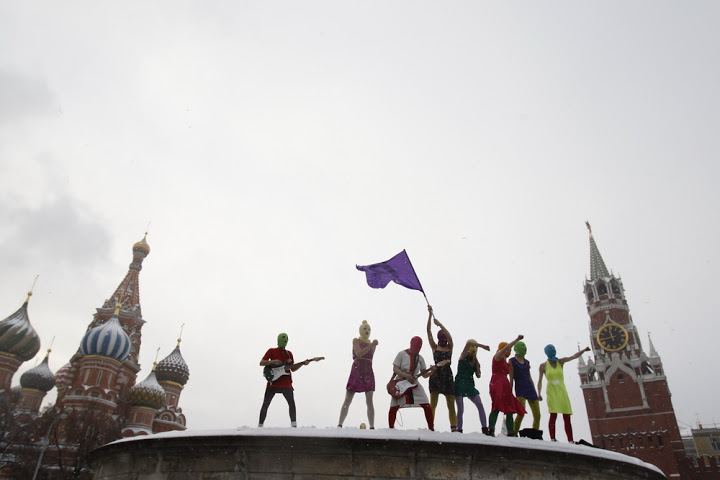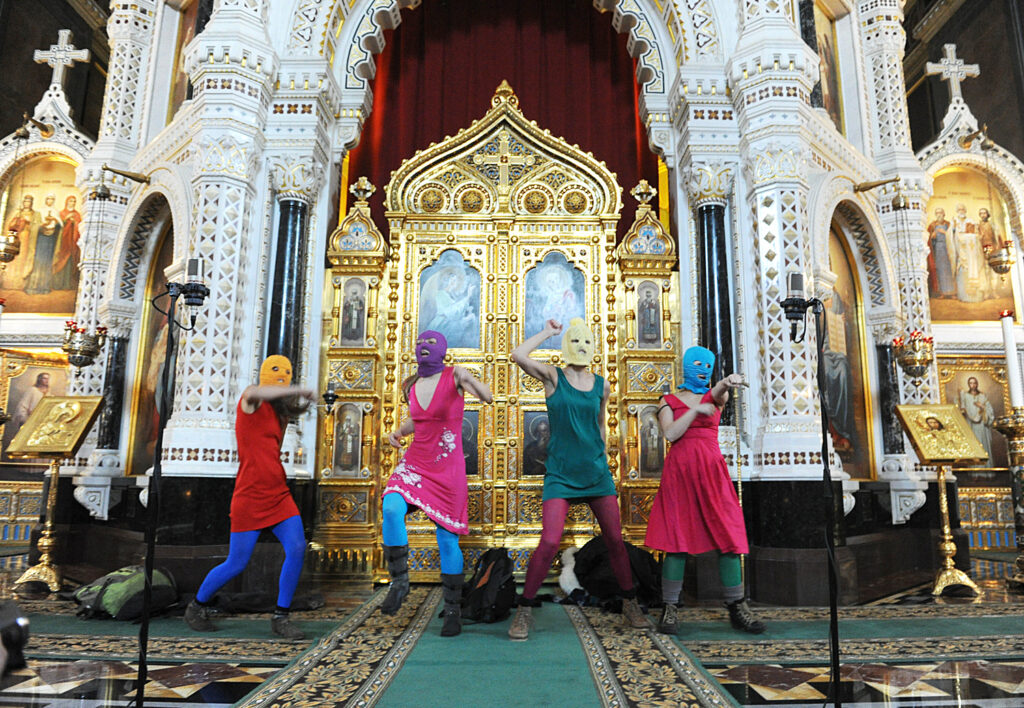Pussy Riot: A History of Feminist Punk Protest
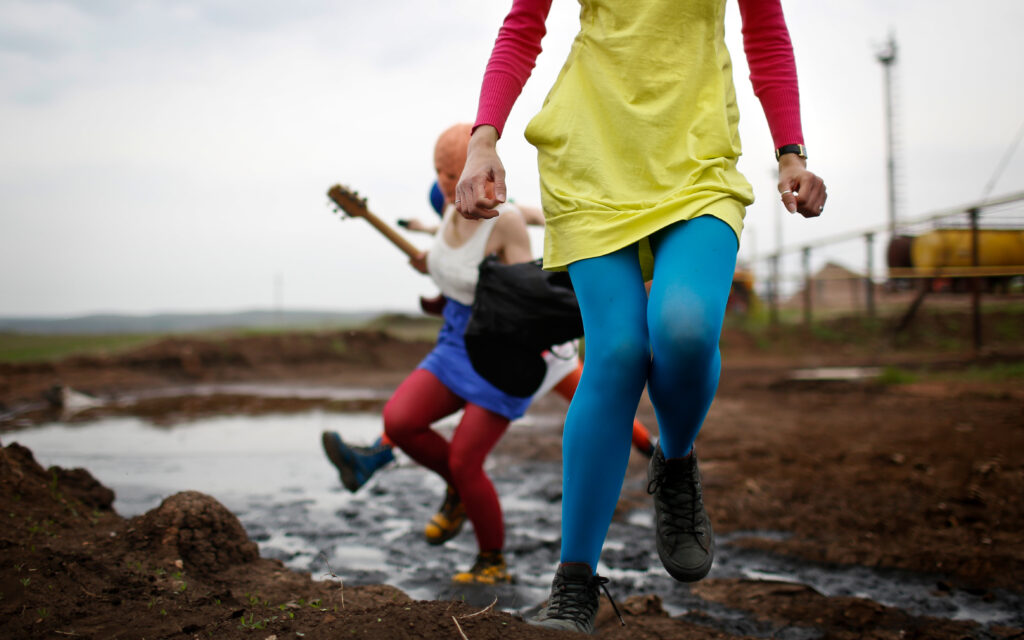
The Origins of a Movement: Pussy Riot officially formed in the summer of 2011 when Nadya and Kat broke off from the radical street-art group Voina to find a more feminist focused rebuke of Putin and the oppressive regime that was taking hold. Several members of Pussy Riot had previously participated in Voina’s shocking public performances, including Nadya, Kat, & Peter along with their videographer Tasya. Following the announcement that Vladimir Putin would run for a third presidential term, and motivated by concerns about shrinking freedom of speech, political corruption, and election fraud in russia, they aimed to create a “militant, punk-feminist, street band” to mobilize against the Putinist government and address issues like gender and LGBT rights.
Early Feminist Punk Expression: Identifying themselves as a mix of Riot Grrrls & Guerilla Girls, Pussy Riot adopted a feminist approach in their art collective. They cited feminist thinkers and activists like Simone de Beauvoir and Judith Butler as influences. The “band” was an anonymous and fictitious creation of Nadya and Kat, who recorded their first song, aptly titled “Kill the Sexist” (russian: “Убей сексиста”) the night before a lecture on Punk Feminism that they were presenting. They couldn’t find any great examples in russia at the time, so they decided they needed to create one out of thin air.
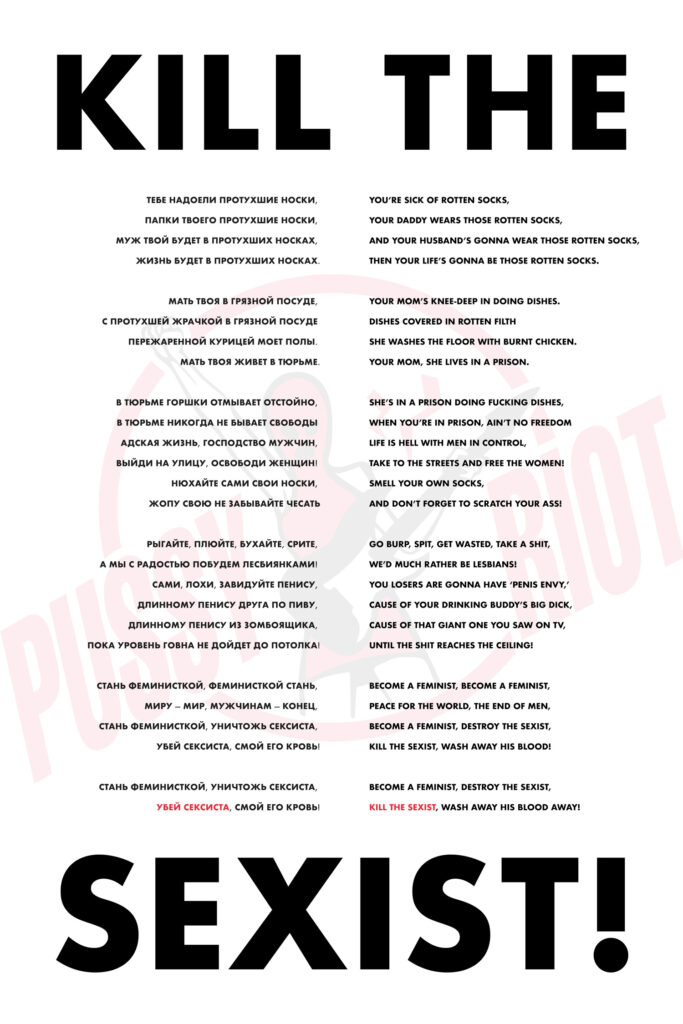
This title of the song and even of the band, along with some of their early lyrics, sparked debate within the feminist community, however, Pussy Riot saw their work as challenging hierarchy and inequality, even if using provocative means.
Five Key Protest Actions
Pussy Riot became known for their unsanctioned public performances, which were filmed, edited, and released as music videos online. Their early actions included:
“Free the Cobblestones“ (russian: “Освободи брусчатку”) (November 2011)
This was Pussy Riot’s first publicly released video, coinciding with the anniversary of the russian Revolution and Nadya Tolokonnikova’s birthday. Performed on metro and trolley cars, the song protested the upcoming parliamentary elections.
“Kropotkin-Vodka“ (2011)
This song, like others, used punk rock elements to deliver socio-political commentary.
“Death to Prison, Freedom to Protest“ (2011)
This track explicitly advocated for freedom of protest and mentioned LGBT and feminist solidarity. It was performed for imprisoned Alexei Navalny, Peter Verzilov, and Ilya Yashin who were being held in a detention center across from the parking lot they climbed on top of.
“Putin’s Pissed Himself“ (2012)
This song continued their direct criticism of Vladimir Putin, going directly to the red square and showing the people that this group of young women had no fear in the face of Putin’s regime.
“Punk Prayer” (also known as “Virgin Mary, Mother of God, Chase Putin Away!”) (February 2012)
This is arguably their most famous action. Five women entered Moscow’s Cathedral of Christ the Savior, the tallest Orthodox church in the world, wearing brightly colored dresses, tights, and their signature balaclavas. They jumped on the altar and performed a song criticizing the close relationship between the russian Patriarch Kirill and President Vladimir Putin, as well as the Orthodox Church’s conservative stances. The refrain called on the Virgin Mary to “oust Putin” and “become a feminist”. The performance was cut short by security, but the video was later released on YouTube and went viral.
The Trial and Imprisonment
Following the “Punk Prayer,” three members – Nadya Tolokonnikova, Maria Alyokhina, and Kat Samutsevich – were arrested less than two weeks later. A fourth member, Diana was able to escape arrest.
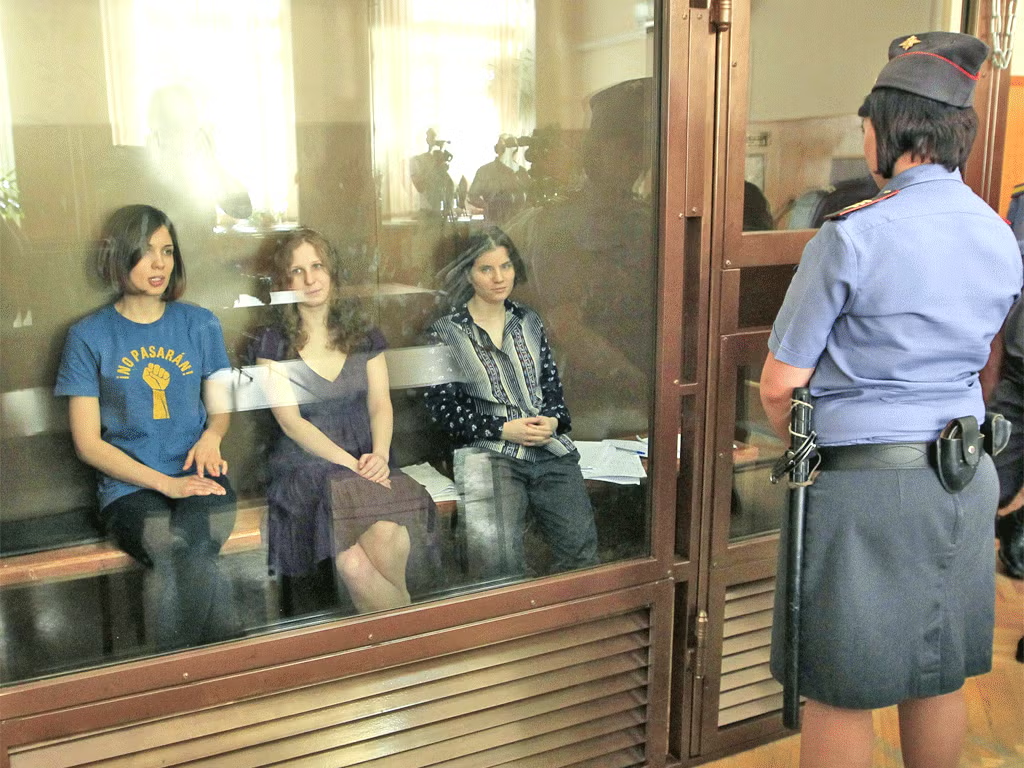
They were charged with “hooliganism motivated by religious hatred”. The trial garnered significant international attention and was widely condemned in the West as an attack on free speech. In August 2012, they were sentenced to two years in prison. While Samutsevich was later acquitted on appeal, Maria and Nadya served their sentences in distant, all-female russian labor camps. Their imprisonment sparked worldwide protests and solidified Pussy Riot as a global symbol of protest and dissent.
Even during and after their imprisonment, Pussy Riot members remained vocal. Tolokonnikova, for instance, declared a hunger strike in protest of prison conditions.
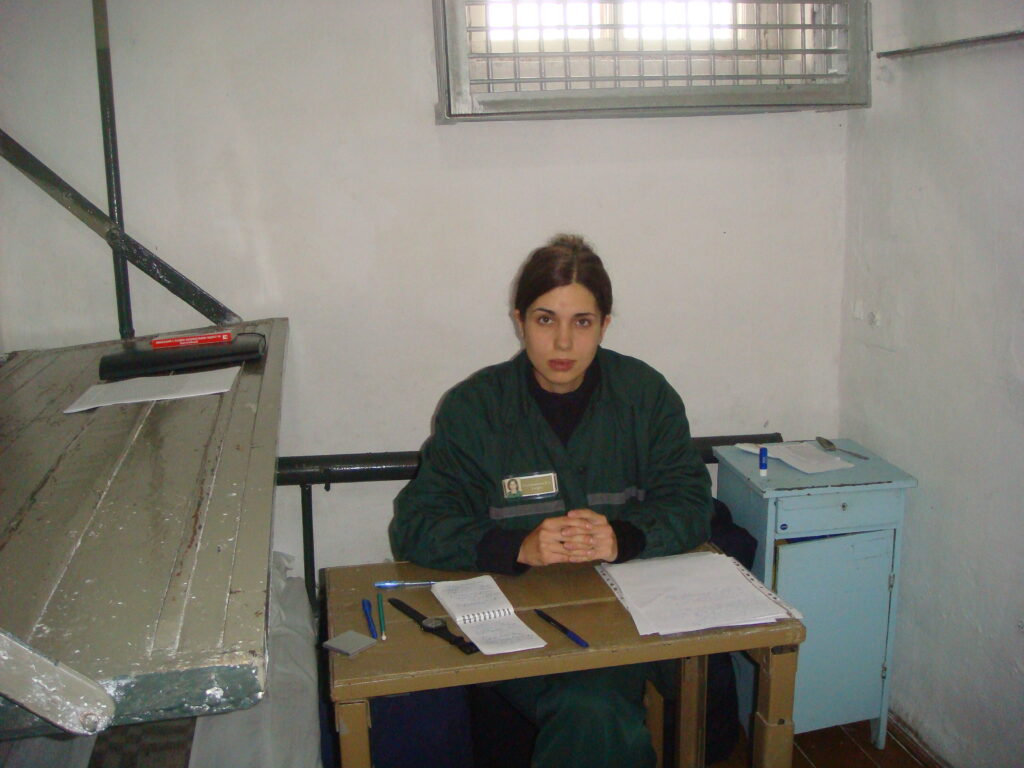
“Putin will teach you how to love (the motherland)” (2014)
Following their release in December 2013, Alyokhina and Tolokonnikova continued their activism. In February 2014, during the Sochi Winter Olympics, members of Pussy Riot were attacked and beaten by Cossacks while attempting an impromptu performance titled. They took the footage of being beaten and edited it into the video.
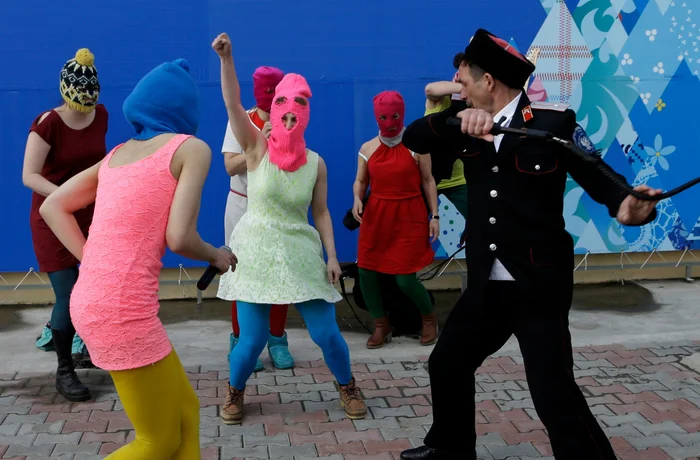
World Cup Protest: In July 2018, during the FIFA World Cup final match in Moscow, four Pussy Riot members, including Peter ran onto the field, briefly disrupting the game. This action, titled “Policeman Enters the Game,” protested against police brutality and the political climate in russia – including that Police can get away with anything, including walking right onto a world cup field. Putin himself was in attendance at the game. Peter was poisoned with a nerve agent soon after embarrassing pro-russian.
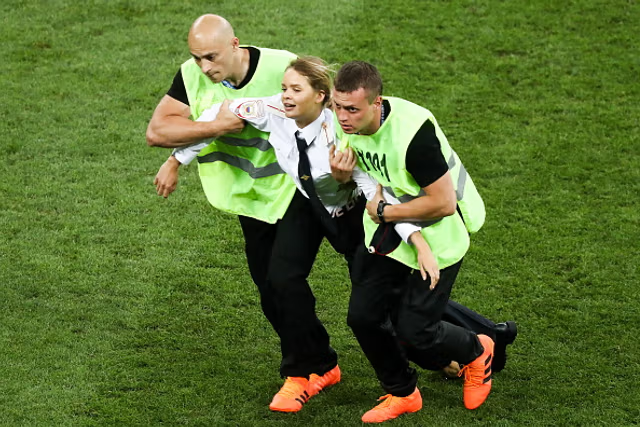
A Diverse and Evolving Collective: Pussy Riot has always been envisioned as a fluid and anonymous collective. While some of the initial members have become well-known, the group continues with rotating participants, and “anybody can be Pussy Riot” by putting on a mask and staging a protest against injustice. Today, various members are involved in diverse projects, focusing on human rights, prison reform (such as the Zona Prava project founded by Alyokhina and Tolokonnikova), art activism, and feminist causes, both in russia and internationally. Pussy Riot remains a significant voice in contemporary socio-political discourse, using art and performance to challenge authoritarianism and advocate for social change.
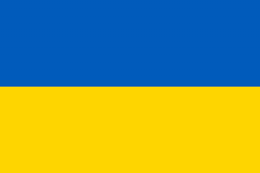
Pussy Riot stands with Ukraine completely and totally and has provided both humanitarian, medical, and military support to those who defend freedom and democracy in Ukraine. Many of its members are currently on russia’s wanted list for these actions, a badge of honor for those who stand with truth and freedom, over lies, hypocrisy and terror.
You can watch and read more about the actions above, including the original manifestos that were released with each action above.
You can find more information about events and tours by Pussy Riot members on the tour page.
And of course, you can buy ski masks and stage your own protests wherever you want, but if you buy them from our store, that would be super cute.



